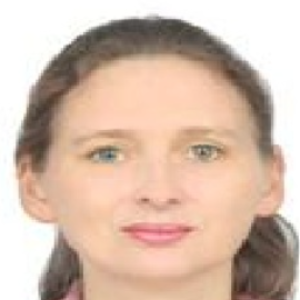Title : Comparative study of self-cleaning properties of TiO2, ZnO-based photoactive materials
Abstract:
Self-cleaning materials have considerable attention for both their unique properties and practical applications in energy and environmental areas. Self-cleaning properties of such materials include photocatalytic activity, ability to photoinduced superhydrophilic transition, and bactericidal acting. Vigorous applied studies of the effect have resulted in the development of self-cleaning and anti-fogging glass, self-cleaning coating for exterior and interior surfaces for windows, buildings, tunnels, road shields and, so on. Concerning mechanisms of photoinduced processes, no doubt that the first step is electronic photoexcitation of the solid. Photocarriers play main role in all three phenomena involving in self-cleaning properties of materials. However, the current situation in this research field, accompanying the high practical demand for self-cleaning nanocoatings based on photoactive materials, is characterized by a lack of a generally accepted hypotheses for understanding mechanisms of the process being under consideration.
The present study is devoted to the comparative study of self-cleaning properties of TiO2, ZnO-based photoactive materials. The aim is to understand principles of creating surfaces with effective self-cleaning properties. The choice of semiconductor materials for the heterostructure construction came from the electronic structure and difference in photoinduced hydrophilic behavior. It implies the charge separation during the photoexcitation of created heterostructured materials.
The complex study of photocatalytic activity, photoinduced hydrophilicity and antibacterial acting under light with different spectral composition is planned for composite coatings and powdered samples based on titanium dioxide and zinc oxide. Experimental data were obtained by variety of approaches and techniques.
It was found that photoinduced surface hydrophilicity of TiO2 and ZnO thin films can be dramatically changed by creation of heterostructures. Testing of the photocatalytic activity of dispersed ZnO and TiO2 oxides and heterostructured coatings, as well as coatings based on the photoactive composites with titanium and zinc oxides, in the gas (photooxidation of acetaldehyde) and liquid (photocatalytic decomposition of phenol, decolorization of methylene blue) phases. Testing of antibacterial activity against E. coli strain of ZnO, TiO2 and their composites.
All these data help to answer the question, what type of photocarrier or their ratio alteration is responsible for different photoprocesses providing self-cleaning properties of individual materials, TiO2 and ZnO, and their heterostructures.



